There’s something undeniably comforting about a warm bowl of kali dal, slow-cooked to rich, creamy perfection. This hearty North Indian delicacy made with whole black urad dal is often the star of festive meals and weekend family dinners. But while traditional cooking can take hours, using a pressure cooker significantly cuts down on time—without compromising the taste or texture. If you've ever wondered how many whistles you need to cook kali dal just right, this blog is for you.
Table of Contents
Why Getting the Whistle Count Right Matters
Whole black gram (urad dal) has a tough outer skin that requires proper softening for that signature smooth consistency. While the taste of kali dal depends on spices and simmering, its texture comes from perfectly pressure-cooked lentils. Undercooking can leave the dal chewy, while overcooking may make it mushy. Hence, the whistle count is crucial.
If Dal is Soaked Overnight (Recommended Method): Soaking Time: Minimum 8 hours Whistle Count: 6 to 7 whistles on medium heat Post-Pressure Cooking: Let the pressure release naturally. Open, stir well, and simmer for a few minutes if needed. If Dal is Unsoaked: Whistle Count: 9 to 10 whistles on medium heat Tip: Add a pinch of baking soda (optional) to help soften the dal more efficiently. Letting the dal rest in the cooker after the last whistle is key—this residual heat finishes the cooking and allows the flavors to deepen. MEYER Presta 3L Tri-ply with Outer Lid Pressure Cooker
Use generous water: Black gram absorbs a lot of water. Use at least 3.5–4 cups of water for 1 cup of dal. Stir after cooking: Once pressure is released, mash a portion of the dal for that velvety finish. Simmer with cream or butter: This step is essential for recreating the richness found in restaurant-style dal. Tadka matters: A final tempering of ghee, garlic, and Kashmiri chili powder elevates the dal to a whole new level. When you’re aiming for perfection in Indian cooking, the right cookware makes all the difference. The Meyer Presta Tri-Ply Pressure Cooker and Saucepans are thoughtfully engineered to deliver consistent results: Tri-Ply Construction: Three layers (stainless steel–aluminium–stainless steel) for faster and even heat distribution. No hotspots, no undercooked lentils. Etched Measurement Markings: Accurate liquid measurements help prevent undercooking or overflow—perfect for dal lovers. Nickel-Free & Safe: Made with high-grade, nickel-free stainless steel, it’s ideal for those who want a toxin-free cooking experience. Sturdy & Elegant: With a modern design and easy-grip handles, it’s as stylish as it is functional. Whether you're pressure cooking kali dal or simmering it to a creamy consistency, Meyer Presta offers the control and reliability you need. Mastering kali dal at home is all about technique—and timing. Soaked dal: 6–7 whistles Unsoaked dal: 9–10 whistles Let the pressure release naturally, mash gently, and finish with a flavorful tadka. Pair your technique with Meyer Presta cookware, and you’re set for consistently delicious results every time. Perfect kali dal doesn’t need to be a restaurant exclusive. With the right whistle count and dependable cookware, you can enjoy this creamy, soulful dish whenever you like—right in your own kitchen. 
Whistles Needed to Pressure Cook Kali Dal
Cooking Tips for Restaurant-Style Kali Dal
Why Meyer Presta Cookware is Ideal for Making Kali Dal
Conclusion
MORE FROM BLOG
Top Collections
A Guide to Different Types of Pressure Cookers: From Multi-Cookers to Canning Pressure Cookers
2 Items
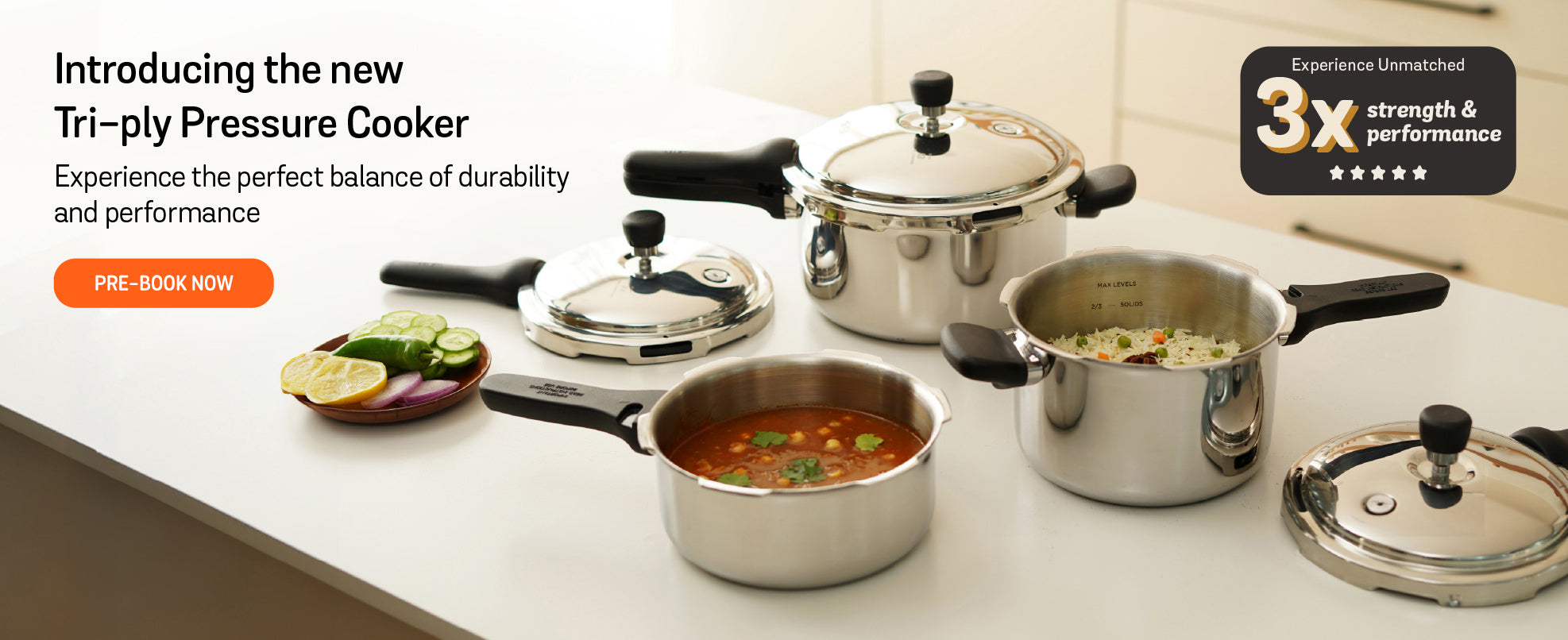

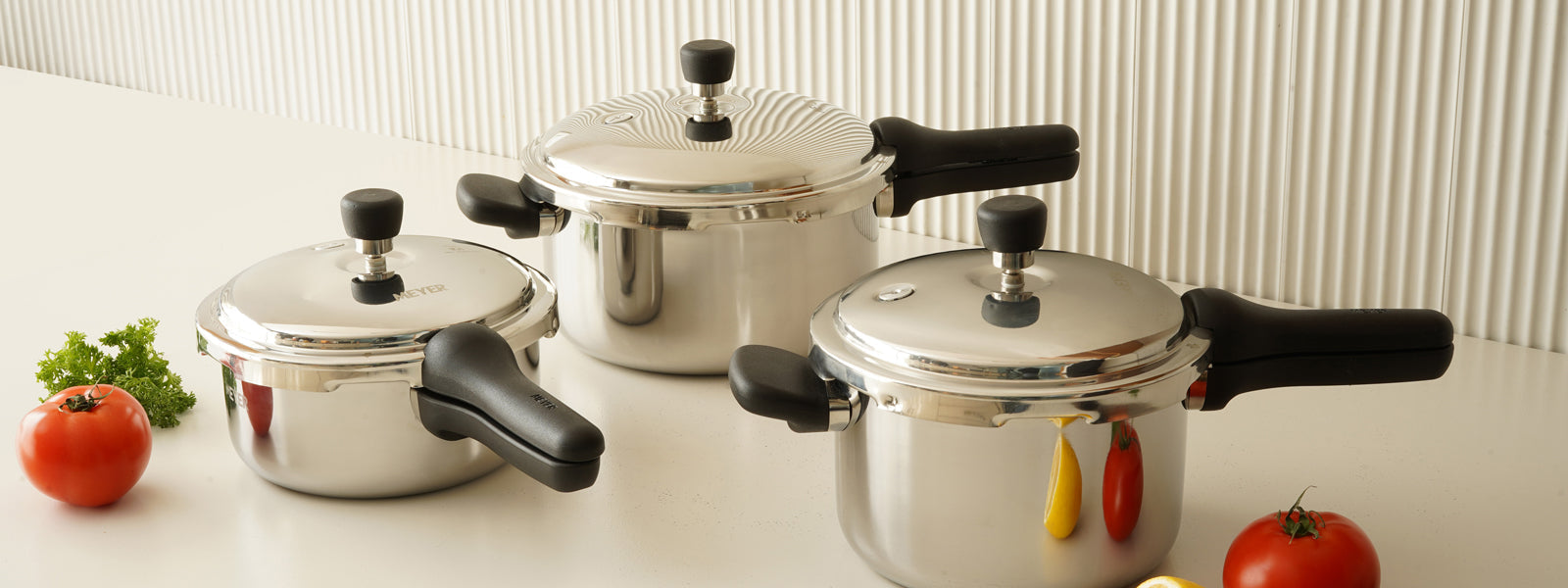
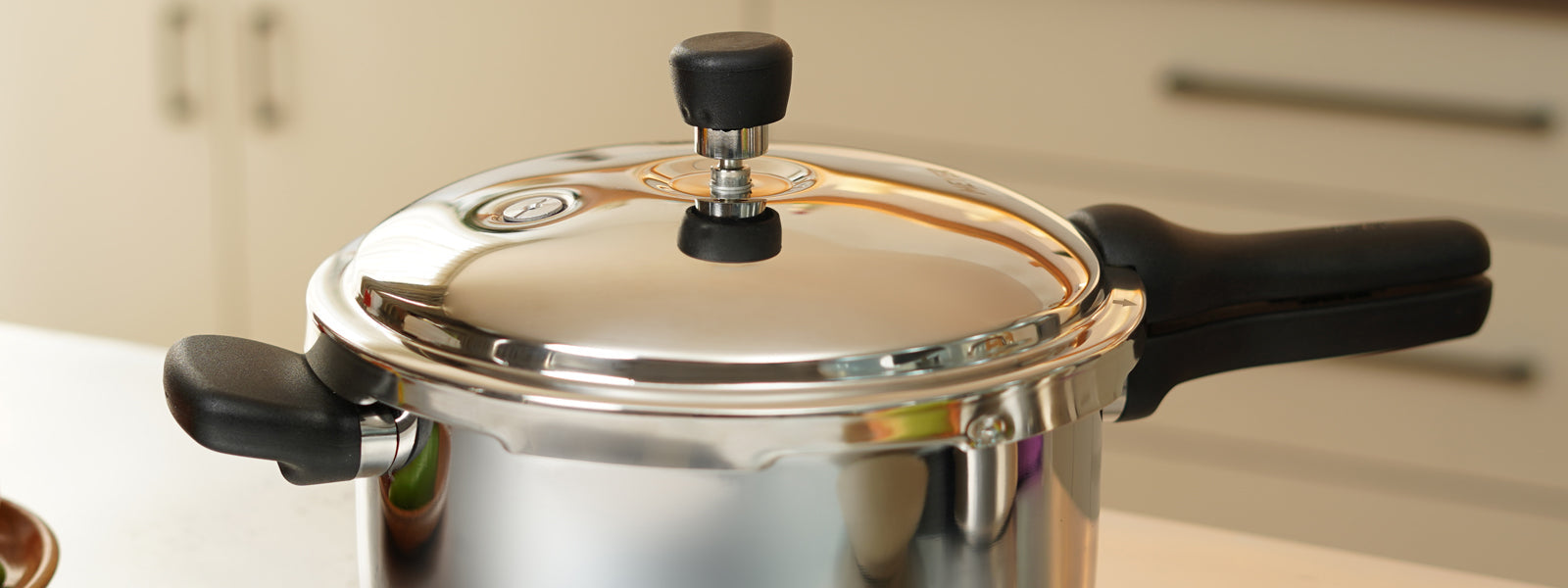
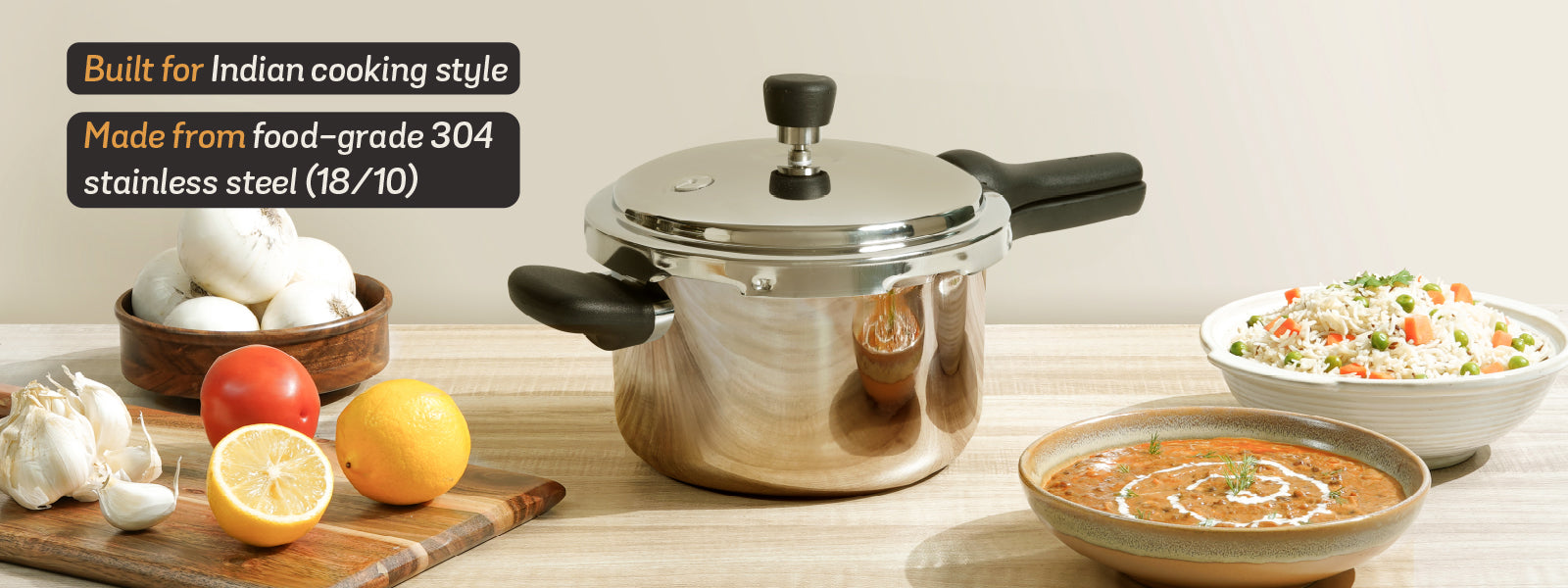
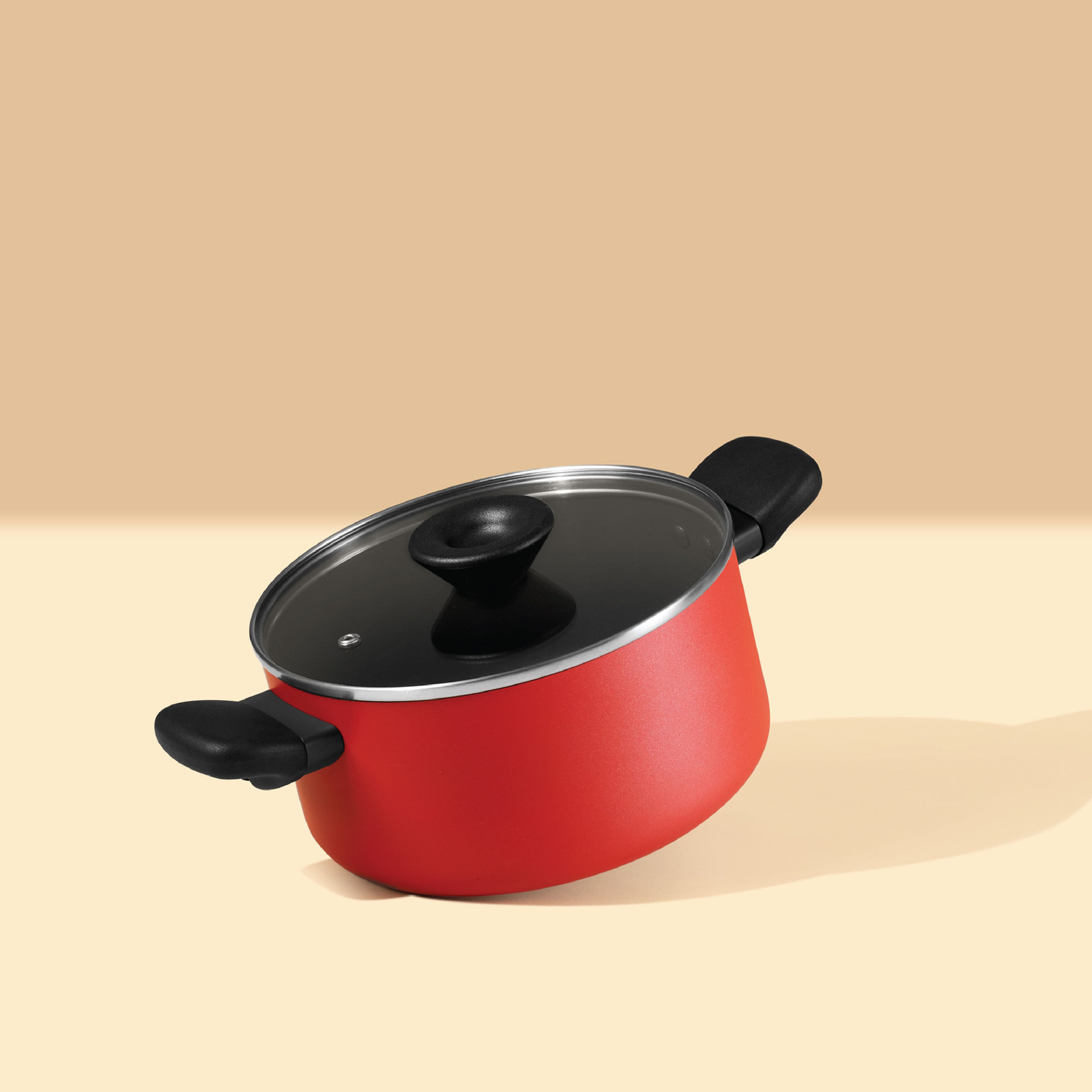
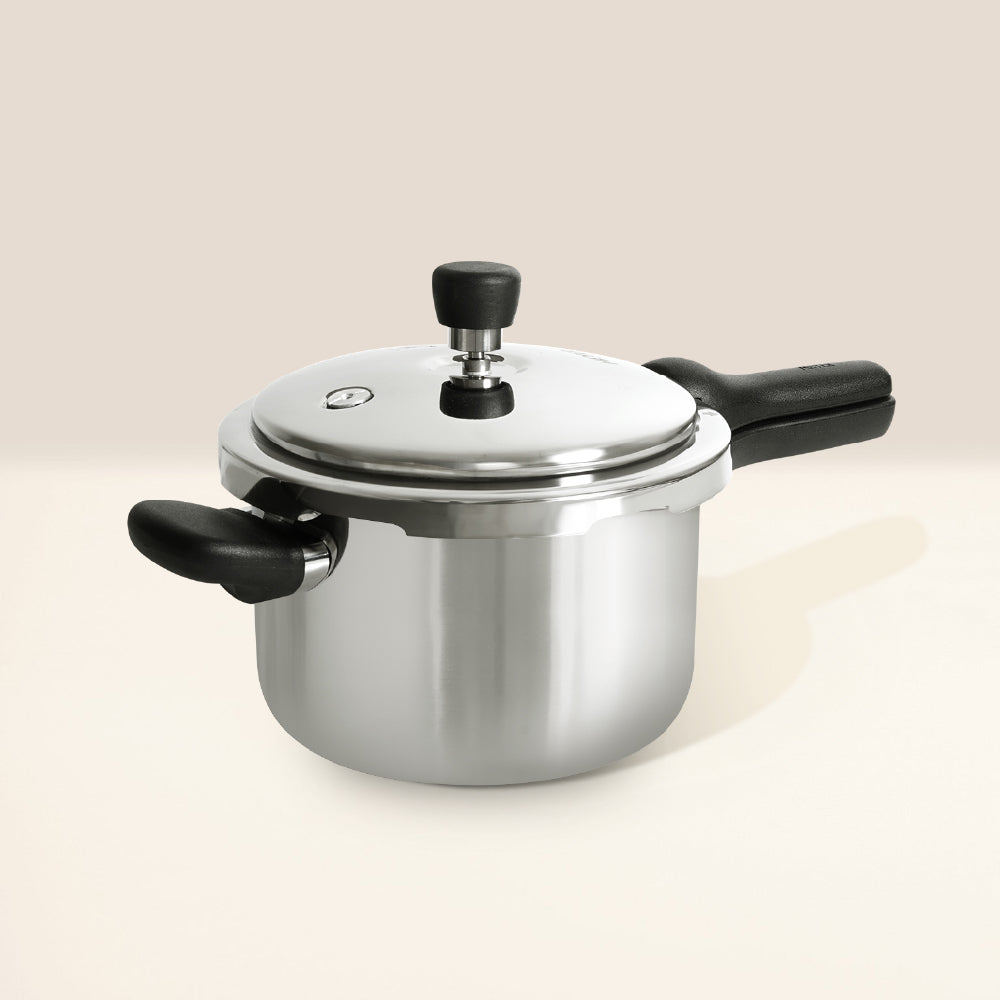




Leave a comment